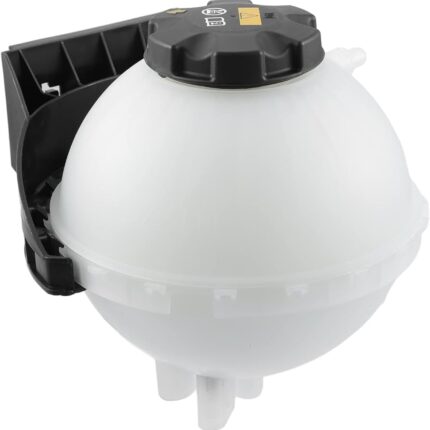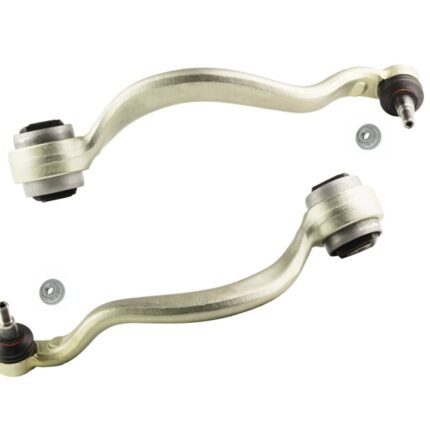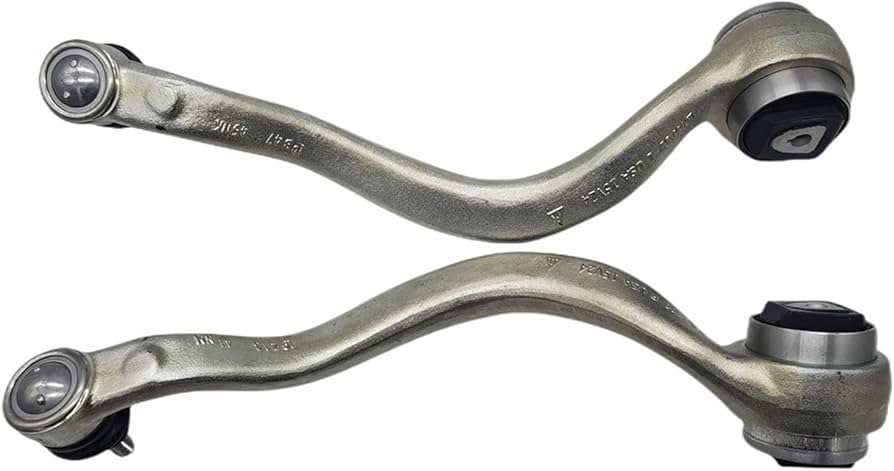-13%
Get BMW E70 X5 N62 4.8L Front Lower Tension Strut LH 31126773949 in Kenya
The front lower tension strut, also referred to as a tension arm, thrust arm, or control arm, is a vital component of a vehicle’s suspension system. It plays a critical role in stabilizing the front wheels, absorbing road impacts, and ensuring smooth handling. The LH (Left Hand) front lower tension strut is specifically designed for the driver’s side (left side) of the vehicle.
This guide will cover:
✅ Functionality
✅ Benefits
✅ Components & Materials
✅ Common Issues
✅ Signs of Failure
✅ Maintenance & Replacement
What is a Front Lower Tension Strut?
A front lower tension strut is a structural suspension component that connects the wheel hub assembly to the vehicle’s chassis. It acts as a pivot point that controls wheel movement, absorbs shocks from the road, and helps maintain wheel alignment.
It works alongside other suspension components like control arms, ball joints, bushings, and stabilizer links to ensure stability and responsiveness while driving.
Functions of a Front Lower Tension Strut (LH)
🚗 Enhances Steering Stability – Keeps the front wheels properly aligned and stable.
🔧 Absorbs Road Shocks – Dampens impacts from bumps, potholes, and rough roads.
⚖️ Distributes Load Evenly – Helps balance the weight across the suspension system.
🔄 Controls Wheel Motion – Limits excessive movement, preventing wobbling or drifting.
🛞 Reduces Vibrations – Minimizes unwanted shaking for a smoother ride.
Key Components of a Front Lower Tension Strut
A tension strut consists of several critical parts that work together:
✔️ Arm Structure – The main metal arm that connects the wheel hub to the chassis.
✔️ Bushings – Rubber or polyurethane inserts that cushion movement and absorb vibrations.
✔️ Ball Joint (If Equipped) – A pivoting connection that allows wheel articulation.
✔️ Mounting Points – Bolts and fasteners that secure the arm to the suspension.
Materials Used in Front Lower Tension Struts
🔩 Steel – Offers high strength and durability, commonly used in heavy-duty vehicles.
🔩 Aluminum – Lightweight, reducing unsprung weight for better handling.
🔩 Forged Alloy – Provides a balance of strength and weight reduction.
Many modern vehicles use aluminum tension struts to improve fuel efficiency and ride comfort.
Common Issues with a Front Lower Tension Strut (LH)
Even though front lower tension struts are built for durability, they can wear out over time due to road conditions, driving habits, and environmental factors.
🔧 Common Problems Include:
🚨 Worn-Out Bushings – Leads to excessive play in the suspension, causing vibrations.
🚨 Cracks or Bends – Physical damage from potholes or accidents can cause misalignment.
🚨 Corrosion & Rust – Exposure to moisture and road salt can weaken the structure.
🚨 Loose or Faulty Ball Joint – Can lead to clunking noises and poor handling.
Signs of a Failing Front Lower Tension Strut
A damaged or worn-out tension strut can cause various suspension and handling issues.
🚨 Clunking or Knocking Noises – Especially when driving over bumps.
🚨 Steering Feels Loose – Excessive play in the steering wheel.
🚨 Uneven Tire Wear – Misalignment caused by a failing strut.
🚨 Vibrations While Driving – Caused by worn bushings or joints.
🚨 Vehicle Pulling to One Side – Indicating instability in the suspension.
🚨 Poor Handling & Stability – Reduced control during turns or braking.
Ignoring these signs can lead to safety risks, increased tire wear, and damage to other suspension components.
Benefits of a Well-Maintained Front Lower Tension Strut
✅ Improved Steering Precision – Keeps the front wheels stable and aligned.
✅ Enhanced Ride Comfort – Absorbs shocks and minimizes vibrations.
✅ Increased Safety – Provides better handling and braking response.
✅ Prevents Uneven Tire Wear – Reduces the risk of premature tire replacement.
✅ Extends Suspension Lifespan – Reduces strain on other suspension parts.
Regular maintenance of the front lower tension strut ensures a smooth and safe driving experience.
Maintenance & Inspection Tips
To extend the lifespan of your front lower tension strut (LH), follow these maintenance tips:
🔍 Inspect Regularly – Check for cracks, rust, or excessive wear during routine servicing.
🔩 Tighten Bolts & Fasteners – Ensure all mounting points are secure.
🛞 Check for Play in the Suspension – Excessive movement means the bushings or joints may be worn.
🛠️ Replace Worn Bushings – Prevent vibrations and instability.
🌧️ Avoid Rough Roads When Possible – Potholes and rough terrain can cause damage.
🚗 Ensure Proper Wheel Alignment – Misalignment can put extra stress on the tension strut.
Recommended Inspection Interval:
📅 Every 20,000 – 30,000 km (12,000 – 18,000 miles) or whenever suspension issues arise.
How to Replace a Front Lower Tension Strut (LH)
If the front lower tension strut is damaged or worn out, it must be replaced to restore the vehicle’s handling and stability.
Tools Required:
🛠️ Wrench Set & Socket Set
🛠️ Pry Bar
🛠️ Ball Joint Separator (if applicable)
🛠️ Torque Wrench
🛠️ Jack & Jack Stands
Step-by-Step Replacement Process
1️⃣ Lift the Vehicle – Securely jack up the car and remove the wheel.
2️⃣ Locate the Front Lower Tension Strut – Identify the connection points.
3️⃣ Remove the Bolts & Fasteners – Use a socket wrench to detach the strut.
4️⃣ Disconnect Ball Joint (If Equipped) – Use a ball joint separator if necessary.
5️⃣ Install the New Tension Strut – Align and secure it in place.
6️⃣ Torque the Bolts to Manufacturer Specifications – Ensure everything is tight and secure.
7️⃣ Reinstall the Wheel & Lower the Vehicle – Check for proper fitment.
8️⃣ Test Drive – Confirm improved handling and stability.
🔧 Professional Installation Recommended: If you’re not familiar with suspension work, it’s best to have a mechanic perform the replacement.
Choosing the Right Front Lower Tension Strut (LH)
When purchasing a replacement tension strut, consider:
✔️ Compatibility – Ensure it matches your vehicle’s make, model, and year.
✔️ OEM vs Aftermarket – OEM parts guarantee perfect fitment, while aftermarket options may offer cost savings.
✔️ Material Strength – Choose steel or forged aluminum for durability.
✔️ Brand Reputation – Opt for trusted brands with good reviews.
🚗 Tip: If replacing one tension strut, consider replacing the other side (RH) for balanced performance.
Frequently Asked Questions
1. Can I Drive with a Bad Front Lower Tension Strut?
❌ No – A damaged tension strut can cause unstable handling and uneven tire wear, leading to safety risks.
2. How Long Do Tension Struts Last?
⏳ Typically 80,000 – 150,000 km (50,000 – 100,000 miles), but harsh driving conditions can reduce lifespan.
3. What’s the Cost of Replacing a Front Lower Tension Strut?
💲 Varies by vehicle, but expect $100 – $500 per strut, plus labor costs.
4. Do I Need an Alignment After Replacing a Tension Strut?
✅ Yes – Wheel alignment is recommended after any suspension work.
Final Thoughts
The front lower tension strut (LH) is essential for steering stability, ride comfort, and suspension durability. Regular inspection, maintenance, and timely replacement will keep your vehicle handling smoothly and safely.
Follow us on Facebook for more parts.




Reviews
Clear filtersThere are no reviews yet.